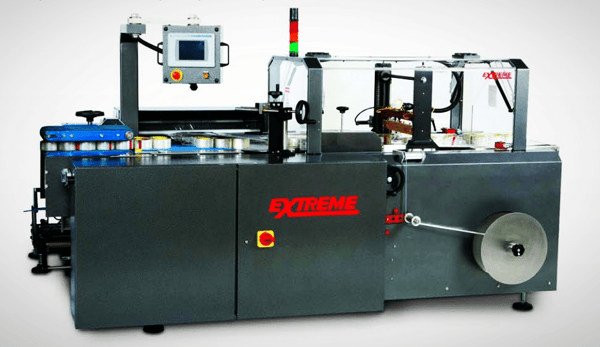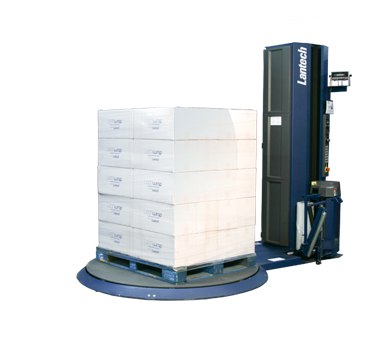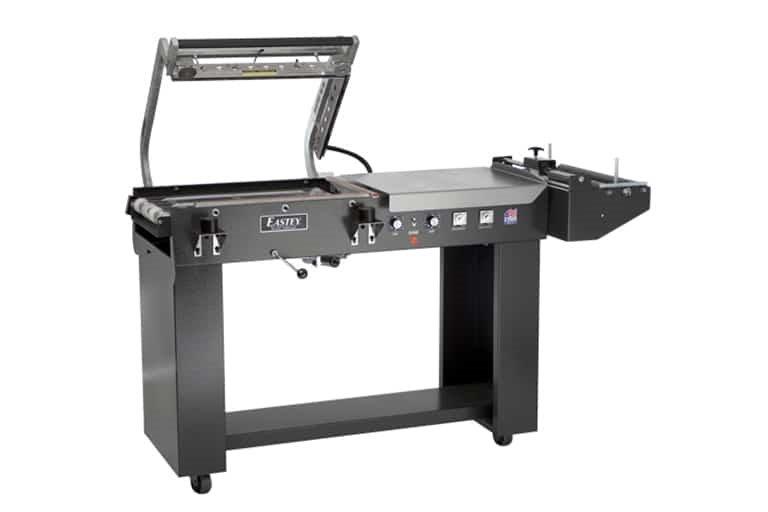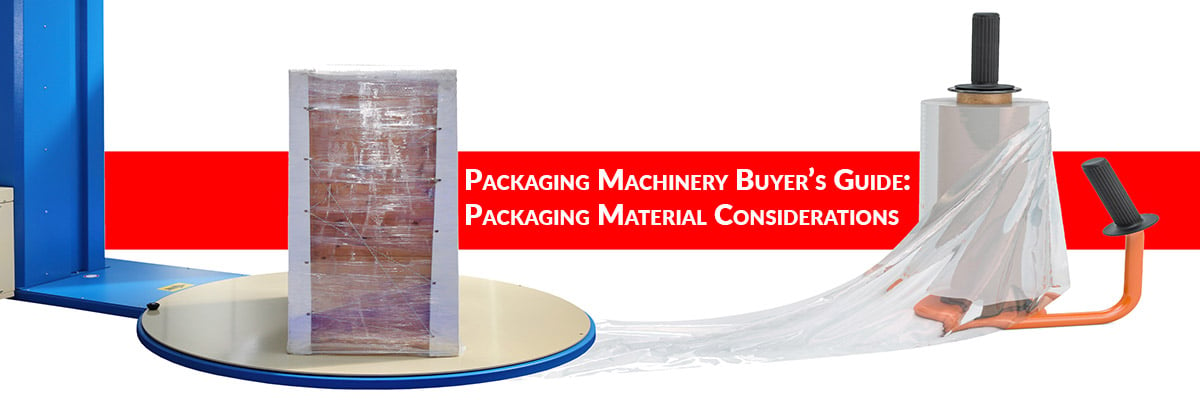Packaging Machinery Buyer’s Guide: Packaging Material Considerations
Equipment | Packaging Materials | Plant Performance | Investment
Materials have an important role in the proper functionality and efficiency of your equipment. Choosing the right materials for your packaging machinery involves several dynamics and research into each of them.
From shrink film gauges to temperature restrictions and stretch percentages, material choice is an important dynamic of packaging machinery purchasing. Which materials are right for your application? How can you be sure you are running the right substrate? In the article below, we will explore the close relationship of materials and machinery on your packaging line.
Packaging Machinery Material Dynamics
Different types of machinery require different types of materials and utilize different amounts of materials based on the make and model of equipment. For example, while you can save money up front by purchasing a manual L-Bar Sealer, your cost of goods will likely be higher as a more expensive automatic sealer will generally use less material than the manual machine because the machine will generally be optimized to do so.
That being said, the quantity of product that you will be producing must also be taken into consideration. An automatic sealer won't be the right machine for a small business that is only running a couple thousand items or less each week.

Depending upon which model of machinery you buy, you may be limited in which gauges of shrink film you can run. This is due to the fact that each model is designed to work with specific maximum and minimum capabilities and materials. Every machine is different. Your packaging line's unique needs must be taken into consideration when choosing the appropriate machine for your application . This can result in higher production costs if your choice of machinery cannot run thinner gauge shrink film. Using thinner gauges of shrink film can result in significant cost savings.
Stretching Expectations With Stretch Film
Another important consideration in the purchase of packaging machinery revolves around the wondrous material known as stretch wrap. Many companies attempt to save money by using manual labor to stretch wrap their pallets for shipping. While at first glance this may seem to make sense, it could be costing you money in the long run.
When leveraging manual labor to stretch wrap your pallets, the most common practice is having one or two employees wrap the pallet with a stretch wrap dispenser. The problem with using this in conjunction with physical labor rather than utilizing a machine is associated with efficiency.
Want to see what your ROI would be with investing in an automated stretch wrapper? Check out our Stretch Wrapper Investment Calculator!
Human workers generally waste a large amount of stretch wrap because they cannot push it to its maximum efficiency while also maximizing stretch from the material consistently as a machine is able to.
Hand wrapping on average achieves a meager 10-20% stretch. However, a stretch wrapping machine can achieve 200-300% more stretch than their human counterparts, without fail. This of course means greater savings on material costs and less film usage when compared with the manual application of stretch film.

Even though some stretch wrapping machines may require higher quality films, the long term cost savings are often still significant enough to justify the purchase of machinery. The films also come in longer rolls that have also been pre-stretched to further maximize usage. Companies that have high volumes of palletized shipments will see significant ROI by switching from manual labor to investing in automated machinery.
Single Wound Shrink Film Versus Center Folded
Single wound polyolefin film arrives as a flat sheet of film on a roll. Also known as single layer films or flat films, they are a common packaging material used throughout the world. Center folded shrink wrap utilizes a fold throughout the length of the roll. Single wound films negate this fold and are commonly used when items need to be packaged via a high-speed packaging process without the use of pre-made bags.

Single wound films are primarily leveraged in a process in which the film is formed then sealed by machinery. However, it can also be formed and sealed via manual labor as well.
Center folded shrink film is folded in half lengthwise and comes on a roll. Center folded shrink film is usually implemented in low output shrink machinery and automatic shrink film machines. L- bar sealers are made exclusively for utilizing centerfold shrink film. An L-bar sealer is used to fully enclose the products and seal them inside of the film.
Machinery Versus Labor Cost
When deciding to use manual labor versus packaging machinery, it would be well advised to reach out to a few different packaging material and machinery providers and work with a representative to analyze your packaging line.
Variables including the physical footprint of your packaging line vs. your floor space and production layout, the make and models of your machinery, the monthly volume of materials used and other related dynamics should be taken into consideration. There is likely room for cost-saving improvements throughout your packaging ecosystem that a packaging professional will be able to identify to improve overall efficiencies.
Conclusion
When the time comes to purchase a new piece of packaging machinery for your packaging line, materials should be taken into consideration as part of the purchasing process. Doing research on which materials work with which type of machinery is an important variable in the process of learning about the dynamic qualities of each machine.
Doing your own research so as to better understand the limitations of each machine and type of material that they can can run is a good expenditure of time that will result in a better purchase.
Having an analysis done by an experienced vendor and sharing the data with at least three vendors will allow you to collect valuable information from each potential provider. With the opportunity to review multiple offerings from several different vendors, you will be able to cross reference each offering and choose the one that best suits your specific needs.
About Nathan Dube
As the Digital Marketing Specialist at Industrial Packaging, I am honored to create content for such a phenomenal company and work with one of the greatest teams in the Packaging Industry. Whether creating a video, writing blog posts or generating other pieces of content and multimedia, I am always excited to help educate and inspire our prospects and clients to reach their highest potential in regards to their packaging processes and needs.




